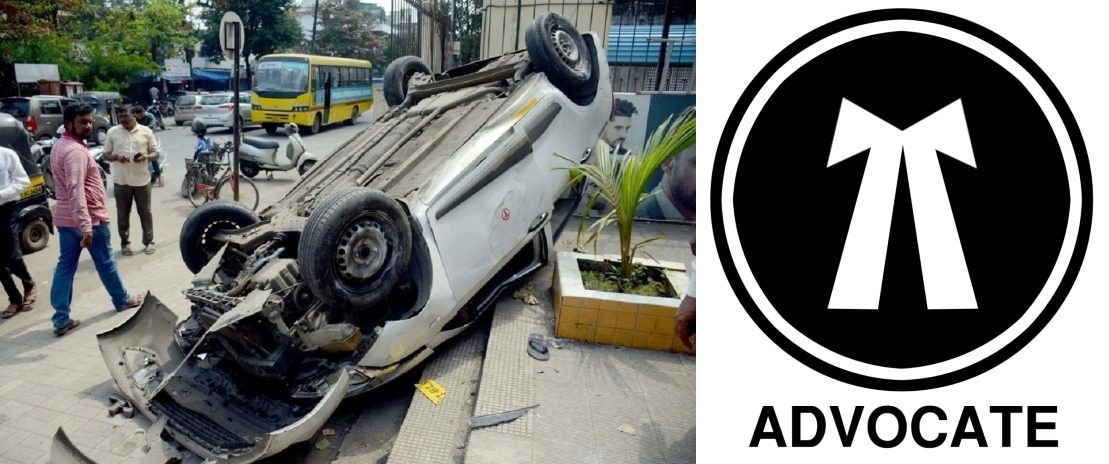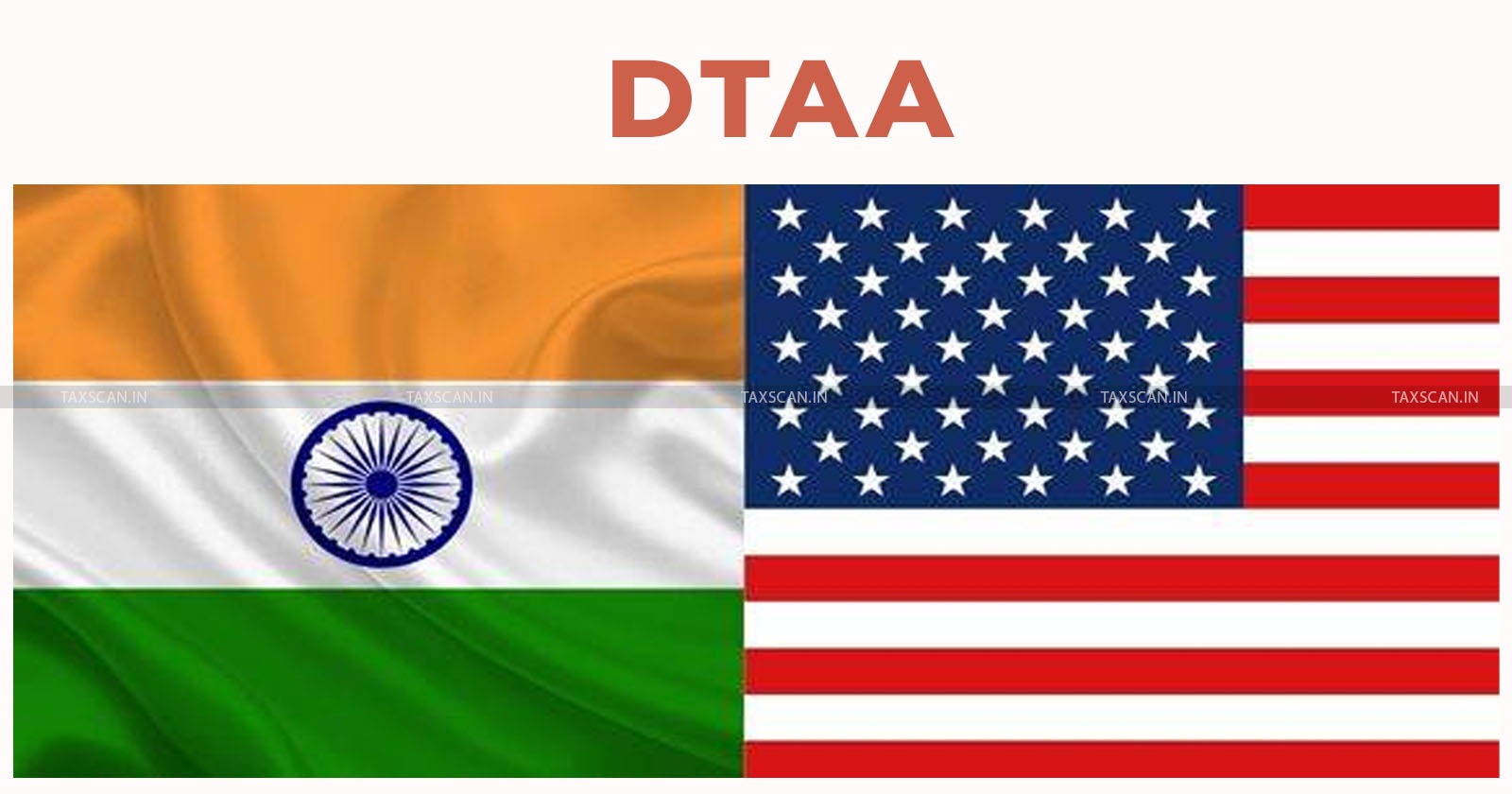Mr. Gupta on behalf of the department takes a preliminary objection, being in effect that, although the application itself in this case was filed within the six months provided by sub-section (2) of Section 66, it was not until much later supported by the affidavit which is required by our own rules. He claims, therefore, was not application at all.
There is to our minds nothing in this point. All the Act requires is that an application should be made. An application was made in this case. Superimposed on that is a provision of our own rules (but not a provision of the Act) that an application shall be supported by an affidavit. But even in our own rules there is not a syllable suggested that the affidavit must necessarily be simultaneous with application. It may have been so intended; but it certainly has not been so stated by the rules. Even if it clear requirement of the Act that the application was required to be filed within the period of six months nothing being mentioned at all about the evidence in support. We therefore, refuse the preliminary objection.
This is an application u/s 66, sub-section (2) of the Indian Income Tax Act seeking to persuade us to compel the Income Tax Appellate Tribunal to State certain questions to the High Court.
The facts are that in 1929 the assessee together with a certain Dwarka Das started a business in the nature of a banianship business. The terms of the partnership were that the assessee should bear three quarters of the losses and take three quarters of the profits, while Dwarka Das (who in reality was only a working partner) should bear a quarter of the losses and take a quarter of the profits.
In July 1930 it appears that Dwarka Das executed or is said to have executed some sort of charge over his immovable property for the purpose of securing whatever might be found due from him to the assessee in respect of his (Dwarka Dass) share of losses in the event of the partnership being would up. This charge has been discussed and relied upon by the Income Tax Appellate Tribunal and we think it right to say at once that to our minds it has little or no real bearing on the actual questions that are said to arise.
In 1935 the firm was actually dissolved. On dissolution it was ascertained that the net losses had amounted to a little over a lac of rupees and, in accordance with the terms of the partnership, this loss fell to be borne as to approximately seventy five thousand rupees by the assessee and twenty five thousand rupees by Dwarka Das.
Now at that point it is relevant to say that the assessee, in addition to his interest in the partnership business referred to above, was also a money-lender. As a result of the dissolution of the firm, we are prepared to accept in favour of the assessee that there had become due from Dwarka Das to him a debt of rather more than twenty five thousands rupees representing the share of losses for which Dwarka Das was liable but which the assessee had actually to pay. The next step is that in 1935 when the matter became material for Income Tax purposes it was found that after the dissolution the assessee had entered this sum, of rather more than twenty five thousand rupees as a debit to Dwarka Das in his (the assessees) books relating to his money-lending business. To anticipate for a moment, in 1939 the debt, or the grater part of it, was written off by the assessee as bad.
Now, the entry in the assessees money-lending books of this debit in 1935 to Dwarka Das might have meant one of two things. It might have meant that, without in any way converting its character, the assessee had merely recorded in his books that Dwarka Das owed him the sum of money question. That would have been quite a natural record for the assessee to have made. On the other hand, it is possible - and it is this that the assessee is urging -that some sort of deliberate negotiation might have gone through between the assessee and Dwarka Das whereby there was in effect a notional lending by the assessee in his capacity as a money-lender to Dwarka Das of sufficient money to enable Dwarka Das to discharge his debt to the assessee. On those facts, assuming they were proved, it might perhaps be that the assessee could have made out a case that the original liability arising under the partnership had been converted into a loan to Dwarka Das by him in his capacity as a money-lender.
What the assessee is now seeking to do is to make use of Section 10 sub-section (2) (xi), of the Income Tax Act and to claim an allowance in respect of what was written off in 1939 on the footing that it was a "sum in respect of a loan made in the ordinary course of" his business as a money-lender.
The Income Tax Appellate Tribunal has rejected this view of the matter. It has discussed the bearing to the matter of the mortgage of 1930, which, as we have already said we do not regard as very material. In our opinion this question is a question of pure fact and nothing else. If the debt in question was in respect of a loan given by the assessee to Dwarka Das in the ordinary course of his business in 1935 then it was for the assessee to prove it. That he could have done by producing evidence of the negotiations that took place between them at the time, of his pressure for the money, of Dwarka Dass inability to pay and eventually of their compromise on the footing that Dwarka Das would take a loan from the assessee in his capacity as a money-lender. All those facts might, if they had been proved, have gone to show that there was a new transaction of loan. But all this was for the assessee to prove. What he actually did was merely to produce his bahi khata and to say :- "Look at the name of Dwarka Das. There he is a debtor. Now you must assume that it was a debt in the ordinary course of business."
We cannot accept that. Although the Income Tax Appellate Tribunal has not perhaps put the matter in exactly the same way that we have, we think that they were deciding a question of fact and that they substantially decided that they were deciding a question of fact and that they substantially decided that question by saving that there was no transaction of loan in 1935 but that all that was entered in the assessees money-lending books was the old liability which arose from a money-lending transaction in the ordinary course of the assessees business as a money-lender.
For these reasons we think that the questions sought to be referred are questions of fact and we refuse this application
The department is entitled to its costs which we assess at one hundred rupees. One months time is allowed to counsel for the department within which to file a certificate of fee.
Application dismissed.

